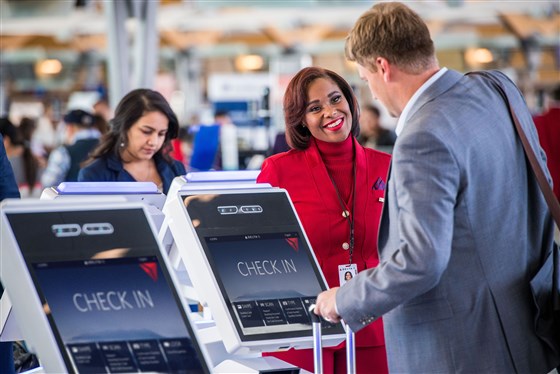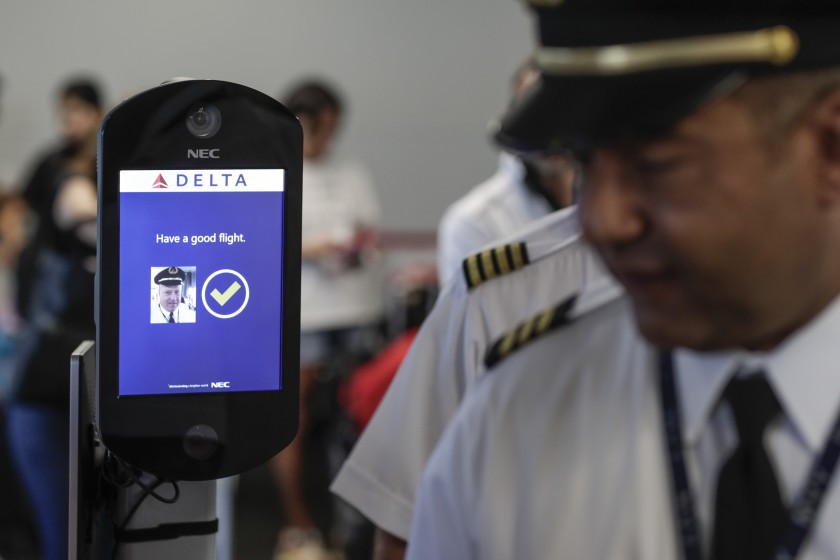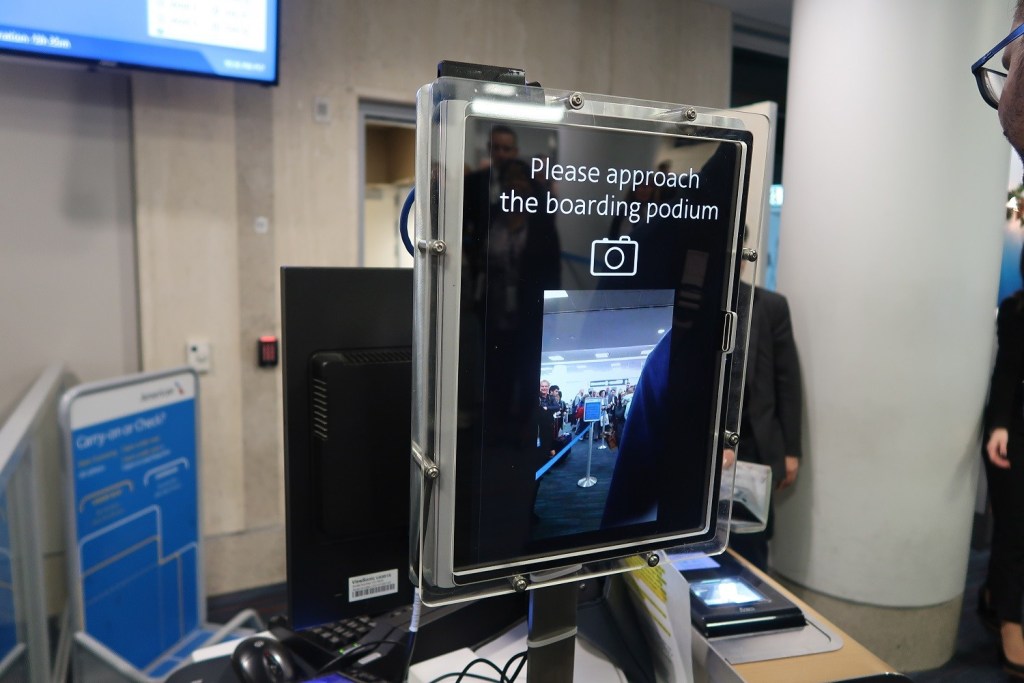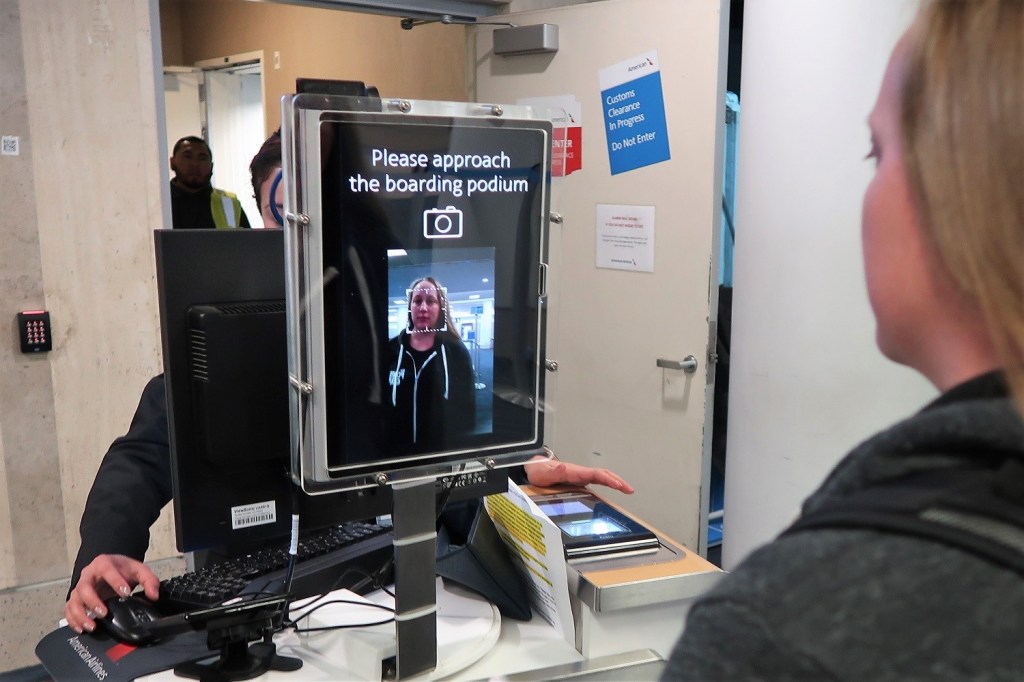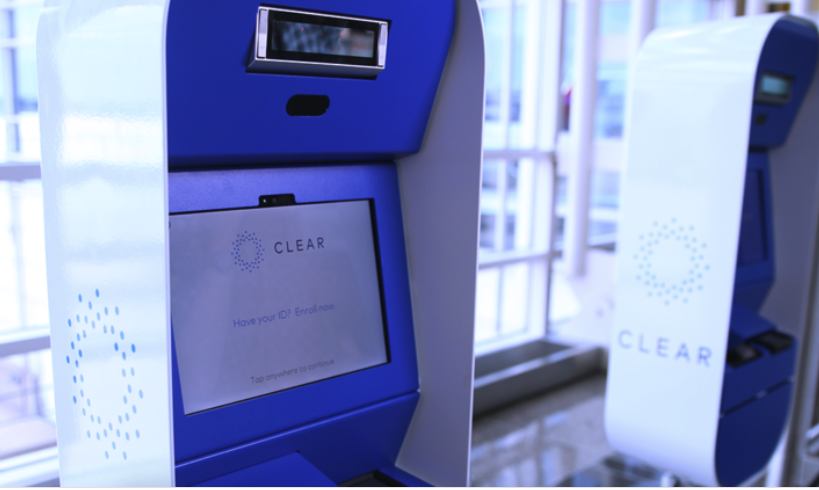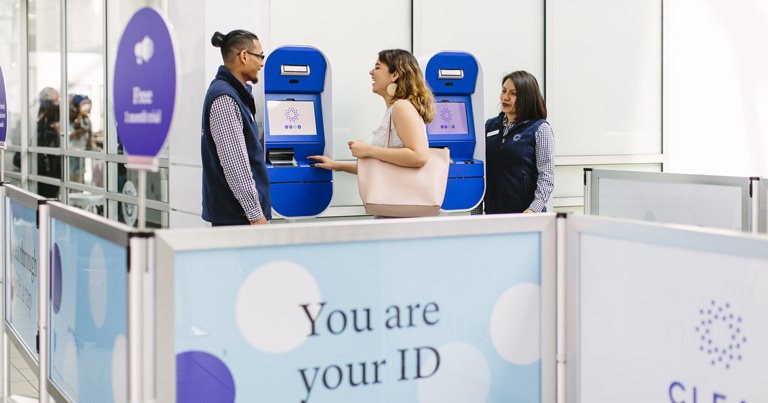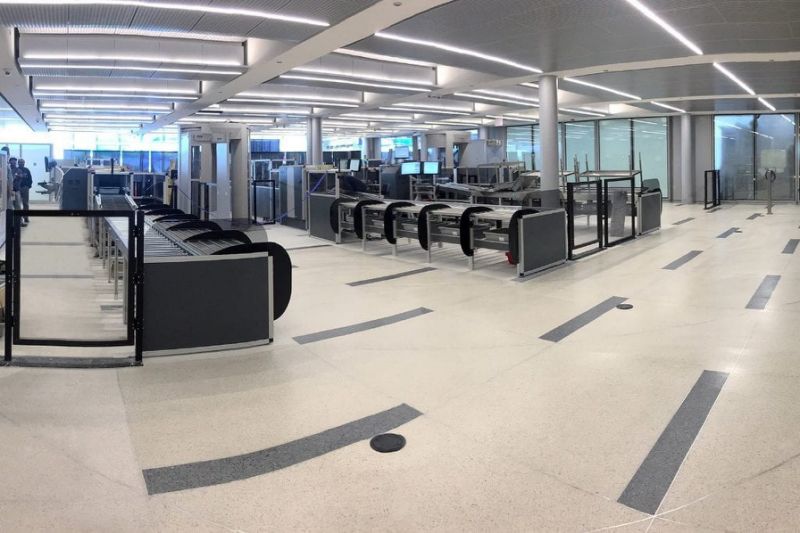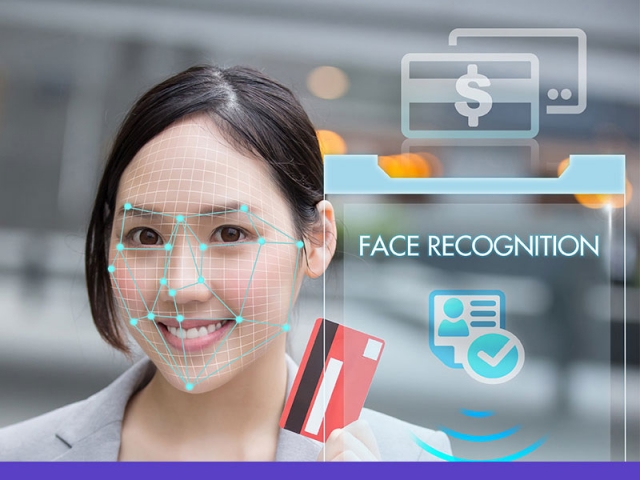Today we all live in an interconnected world where the need for reliable identity authentication techniques has become of paramount importance. Our current methods of proving who we are with passwords, security questions, ID numbers & yes even our social security numbers, are cumbersome, slow and too many times have been stolen by hackers. The need for faster, more reliable, greater capacity methods of identification have grown exponentially over the past several years.
Looking back just 30 years ago at some of the future technology inventions that were being touted, it’s hard to imagine that we didn’t have many of the items we take for granted today. We scoffed at them and said, “Ya right, like that will ever happen.”
The popularity and increase in a phone we could carry around in our pocket and call anyplace in the world - Cell Phone
Being ability to video conference with a person on a small little table - Facetime
A directional map that we can use in our car or when we walk with the ability to take it anywhere - GPS
A watch you wear on your wrist that can give you all of your communications, directions, the ability to take and place a phone call just like Dick Tracey - Apple Watch
Access to any song you ever want to hear, located in a small device you put in your pocket - iTunes
There are many more you can add to this list, but you get the idea. Well now jump ahead a few years to 2023. And the next cutting edge technology is just around the corner, Biometrics. What? Biometrics is the measurement and statistical analysis of people's unique physical and behavioral characteristics. The basic premise of biometric identification is that every person can be accurately identified by his or her intrinsic physical or behavioral traits. Facial scans, fingerprints, retinal scanning, finger geometry and voice recognition are just a few aspects of biometrics.
Many of you have a cell phone you carry around with you each day that identifies who you are and you don’t even think about it. Remember how everyone lost their mind when Apple announced that their latest iPhone would feature face recognition? Well now you use it in your everyday life.
Okay that’s all well in good, but how will biometrics affect me in my other areas of daily life. Well if you have ever flown in an airplane, you know the drill. Arrive at least two hours before your flight, for a domestic flight and three hours prior for an international flight. Then once you get to the airport go through the agonizing process of passing through the TSA inspection process before you are allowed to board your flight. Okay, I see I have your attention now as you decry, “there must be a better way.”
We are very near the future imagined by science fiction writers where we can strut past security checkpoints and board planes, without having to pull out our drivers license, military ID or passport. Then having to take out laptops, iPads, liquids from your carryon, taking off your belt, shoes, jacket and anything else TSA deems necessary. Oh the agony of it all, just to board my flight. As you are getting dressed and putting all of your gear back into your carryon, you cry out, “there must be a better way!”
Well biometrics could be a way to make this process smoother. It has been reported that 77% of airports and 71% of airlines are planning major programs or R&D in biometric ID management over the next five years.
With the projected increase year over year of airline travel in the world, we will have to establish a method where a greater amount of passengers can be approved for travel in less time than it takes now.
Currently U.S. Customs & Border Patrol uses systems for electronic passports which stores fingerprint data, or in facial recognition systems. U.S. Customs & Border Patrol is rolling out systems at the nation’s 20 top airports. The systems are designed to verify the identities of passengers entering and exiting the country by measuring unique facial "landmarks," such as the distance between the eyes or from forehead to chin, and cross-checking that data with passport photos already on file.
The next big avenue that is being addressed will be in airport security and the airlines to help increase the speed in which passengers are approved for travel.
Delta - Delta Air Lines, which has been focusing on applied technology to improve customer journeys, made announced this month that it will launch the first wholly biometric airline terminal in the U.S. later this year at Jackson/Hartsfield International Terminal (Terminal F) in Atlanta. Customers can use facial recognition as their identity from curb to gate to check in at self-service kiosks and drop off checked baggage at the counters in the lobby. The biometric ID will help passengers clear the TSA checkpoint, board their flights and also to clear U.S. Customs & Border Patrol (CBP) processing when arriving to the U.S.
Few passengers seem to object to Delta’s biometric screening system in Atlanta: Of the nearly 25,000 customers who travel through the international terminal each week, Delta says less than 2 percent opt out of facial scans choosing to rely on regular passports and boarding passes instead.
American - American is using the technology at Dallas/Fort Worth International Airport in Texas, where passengers can get their face scanned instead of using their boarding pass to board the plane. For now it is only being used in Terminal D of the airport at three selected gates, and is used for international flights only, but American said that it plans to expand the technology to 75 different international boarding gates across its terminals.
Biometric boarding eliminates the need for airline gate agents to scan each passenger’s boarding pass and check each passenger’s passport. Instead, as a passenger approaches the boarding podium, photos are captured and immediately transmitted to US Customs and Border Protection (CBP) for verification.
If the passenger’s photo matches photos in CBP’s database, the passenger is given clearance to board the flight. If the system doesn’t find a match, the passenger is prompted to see the agent and the agent is prompted to do a manual check of the passenger’s passport and boarding pass.
United - The airline says it’s making an unspecified equity investment in Clear, a company that matches passengers against scans of their irises and fingerprints in place of traditional identification checks. Additionally, United said it’s expanding its use of Clear technology to its Newark Liberty International Airport and Houston George Bush Intercontinental Airport hubs, and working to open Clear lanes at Chicago O’Hare in the months ahead.
Clear currently has a bigger footprint in Biometrics than some of its competitors. United has already introduced Clear technology in airports in Denver, Los Angeles, San Francisco, and Washington Dulles.
Other Uses of Biometrics
Law enforcement - Systems for criminal IDs such as fingerprint or palm print authentication systems. Facial scans in large crowded areas (these systems are currently in use around the world). Retinal scans for persons with highly classified information.
Rental Car - Hertz has announced it will use biometrics for customer car pickups at 30 domestic airports. They indicate that a customer can drive out of one of their locations with a car after being identified in just 30 seconds.
Concerts - Facial scans could be performed in milliseconds and fans approved for entry without waiting in lines to show their tickets. Speeding up the crowding at the gates at any concert.
Gaining entry into a building - Fingerprint or retinal scans could be used to gain entry to office buildings, apartments, secured areas, elevators, hotel rooms. Rather than using a passkey or card, that can be easily lost or stolen, you have your entry pass right on your body readily available for use.
Healthcare - Use of fingerprint scan or a retinal scan to confirm the identity of a patient in any hospital or medical clinique. Lab testing ID. Systems such as national identity cards for ID and health insurance programs which may use fingerprints for identification.
Shopping - Rather than pulling out a credit or debit card to make your purchase, a personal piece of your biometric makeup will be used. In China, this is routinely the method used for purchases.
Blood Banks - When it comes to giving blood, identity is pretty important. In the past donors were issued with blue cards containing all the information required. More and more these days that crucial data is being stored digitally with donors using fingerprint or iris recognition to access their vital details.
Schools - Ensuring that only pupils and authorized adults gain entry to school buildings, biometric data can also used for activities such as; recording attendance, checking out library books or even paying for meals.
Of course with any new technology, there are security concerns that have been raised with the widespread use of biometrics in the coming years. Personal privacy concerns; storage of all that data; where will it be stored; who has access to it.
There's also some concern in knowing that databases somewhere have your fingerprints or retinas stored. For some, letting devices record their biometrics is incredibly invasive. And considering the location of a great deal of that biometric data is unknown, being apprehensive to share yours is understandable. Remember that what you share of your information and body is completely and utterly up to you.
But make no mistake, biometrics is coming faster than we think and is happening at breakneck speed. It is currently being used throughout the world and we are not even aware of it. Facial recognition is a part of everyday life in Chinese cities, where it's used for routine purchases, and London is famously dotted with CCTV cameras. Now, New York, Chicago, and Moscow are linking CCTV cameras in their cities to facial recognition databases to help local police fight crime. Facial recognition has been introduced at Dubai airport, where travelers will be photographed by 80 cameras as they pass through a tunnel in a virtual aquarium.
The truth is, we have no idea how biometric authentication is going to evolve in the future, all we can do is be ready to evolve our security measures, our thinking and acceptance. Biometric technology shows that it is the best security option that we have right now. It can offer the strongest security to a mired of items that touch our daily lives, and provide a significant impenetrable layer of security. In ten years biometrics will probably be a part of our everyday life and we won’t even have to think about it.






